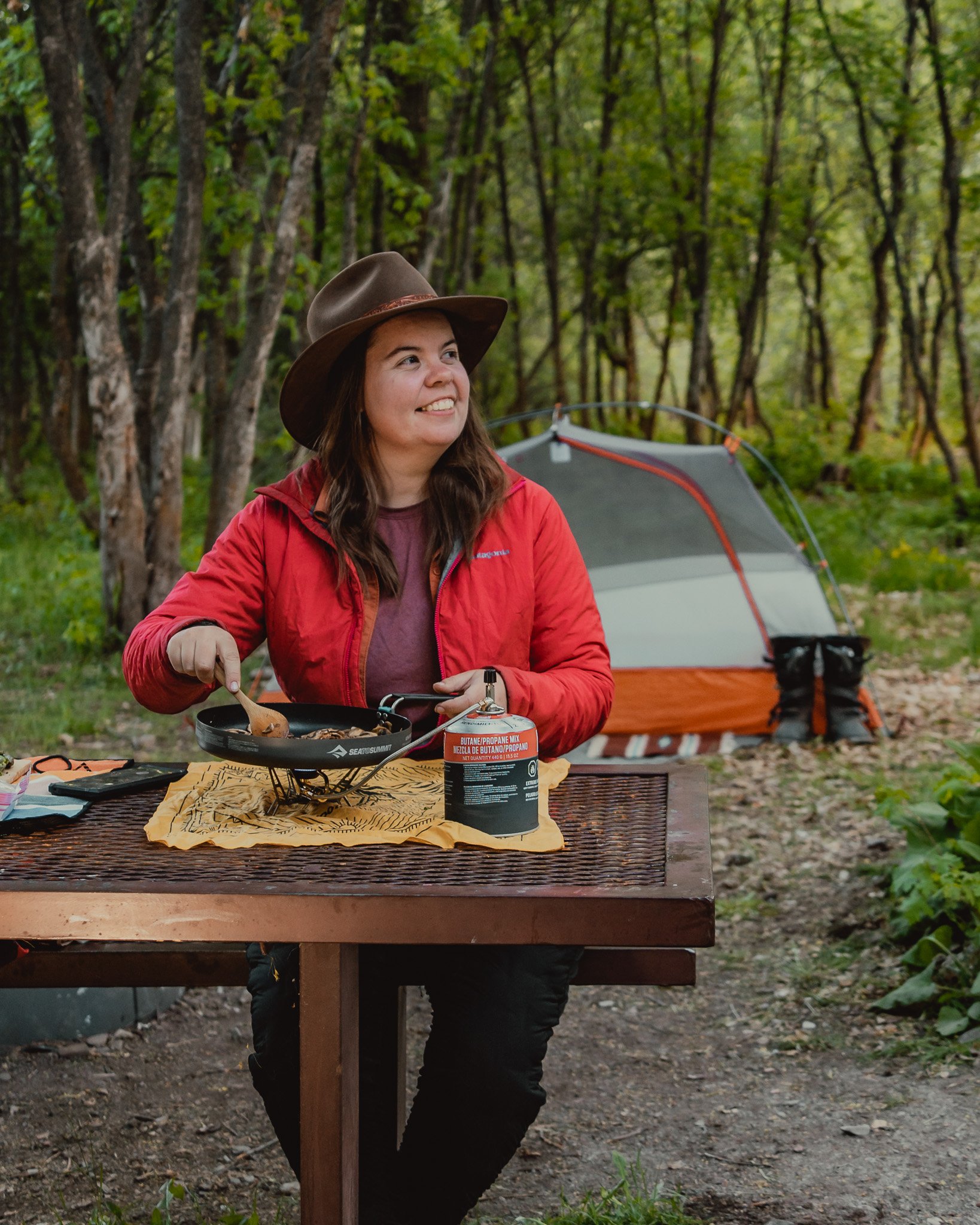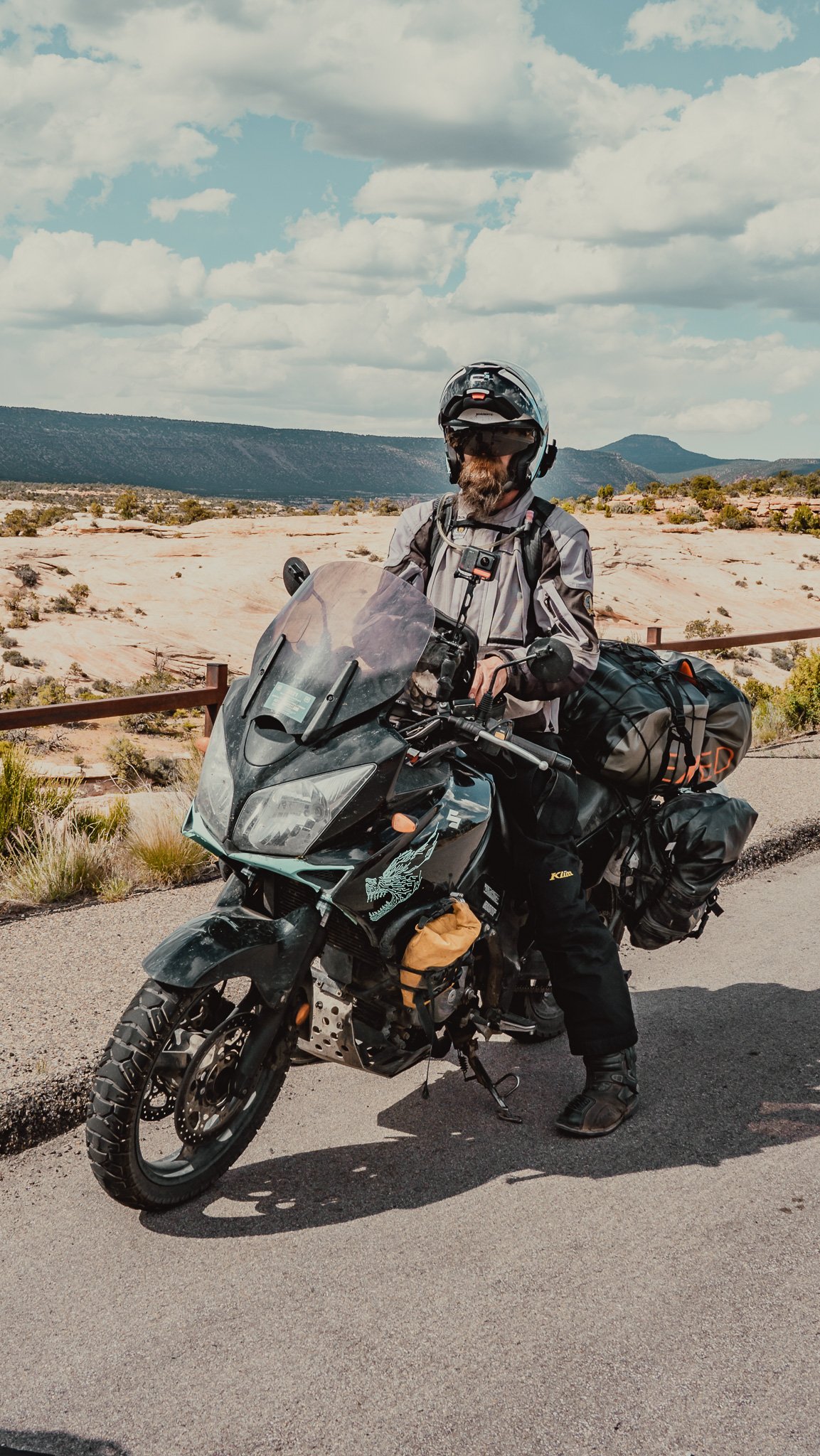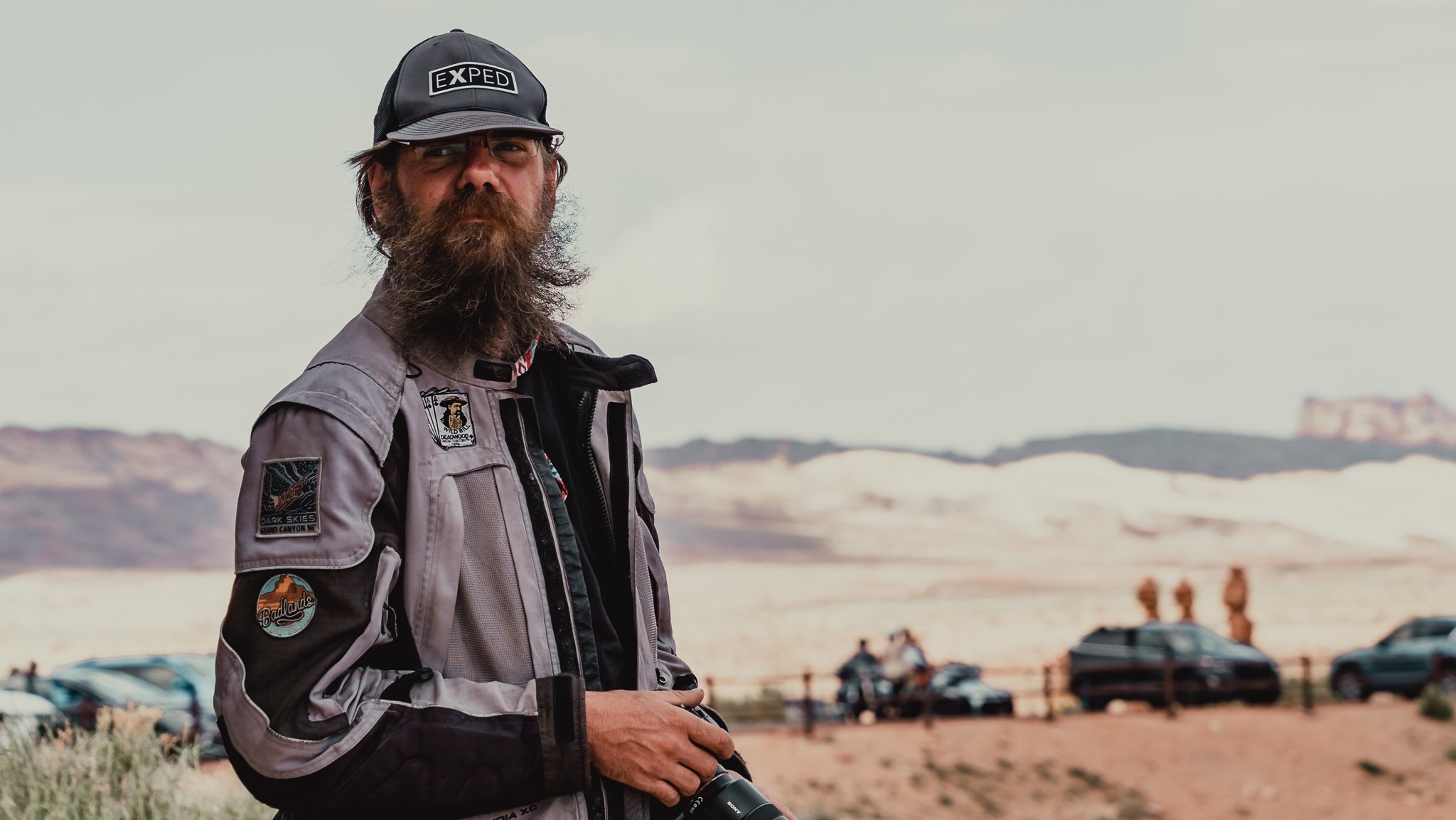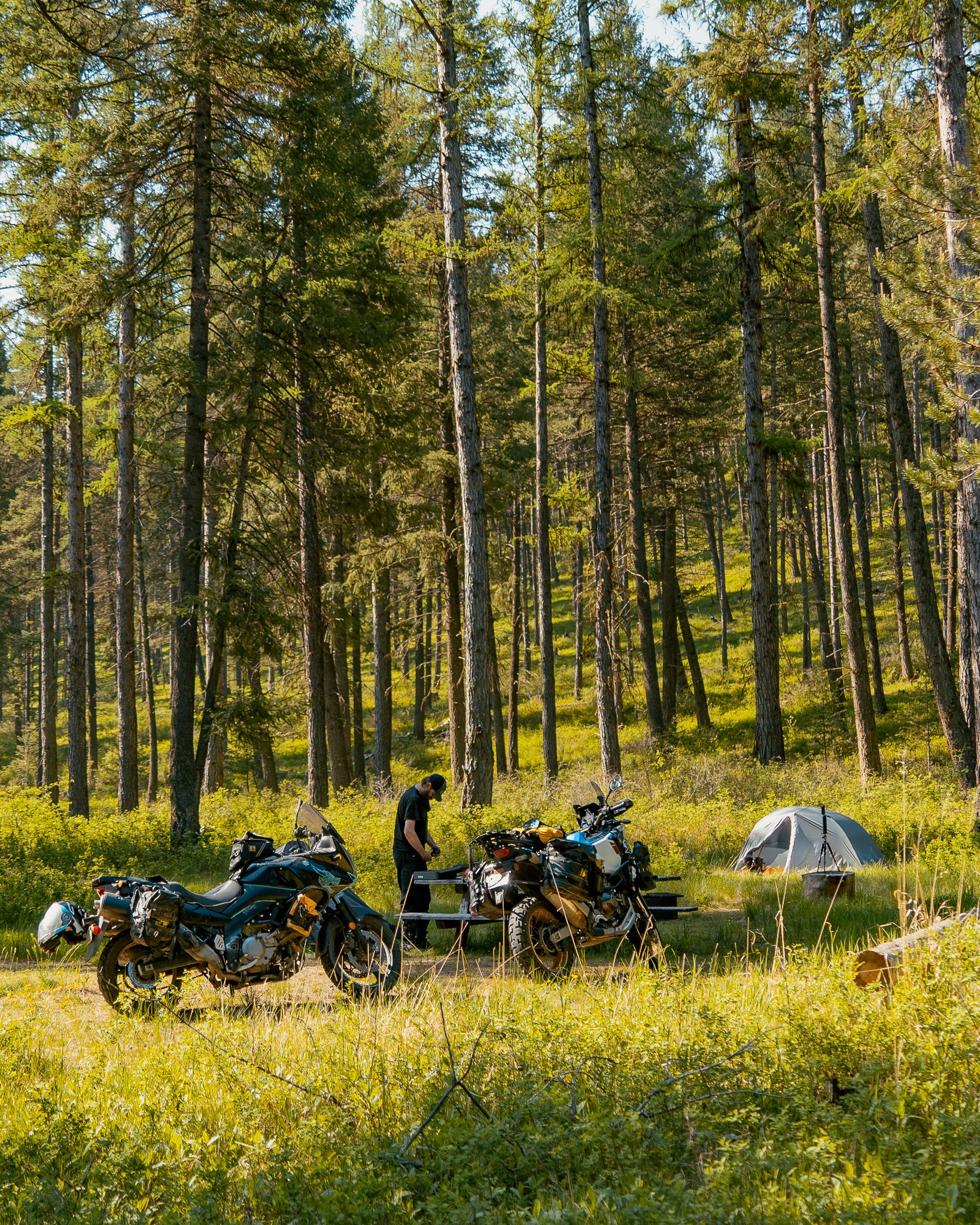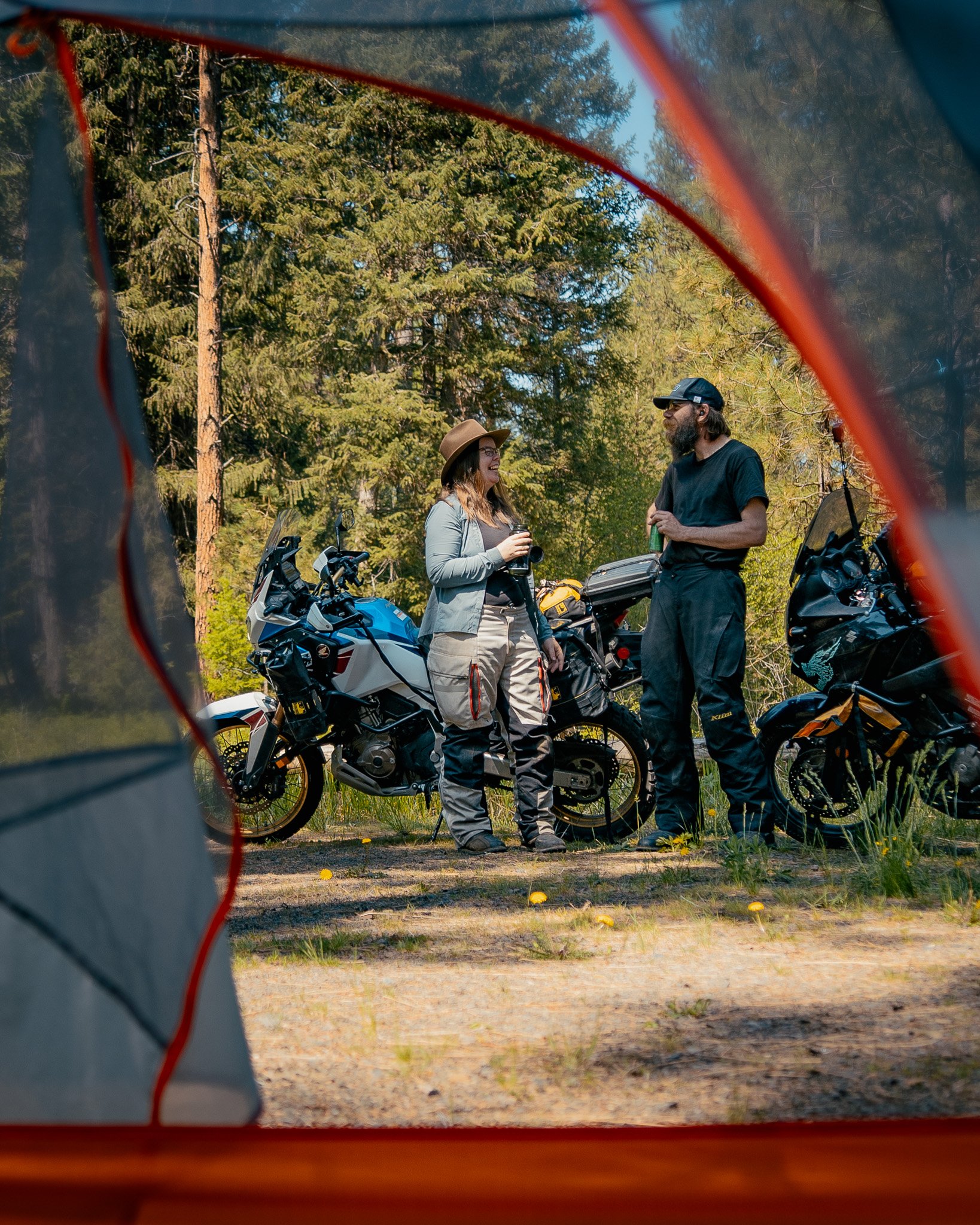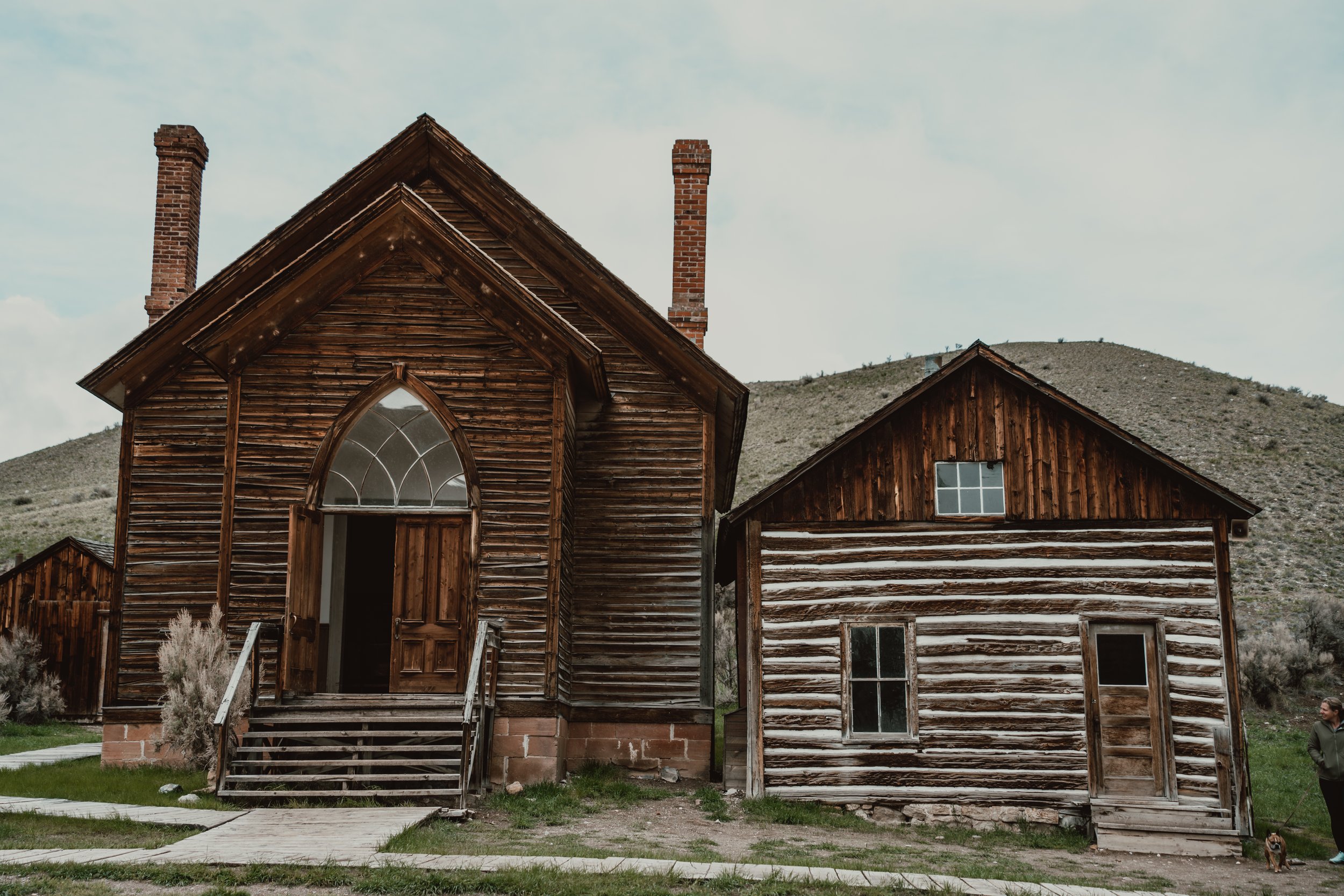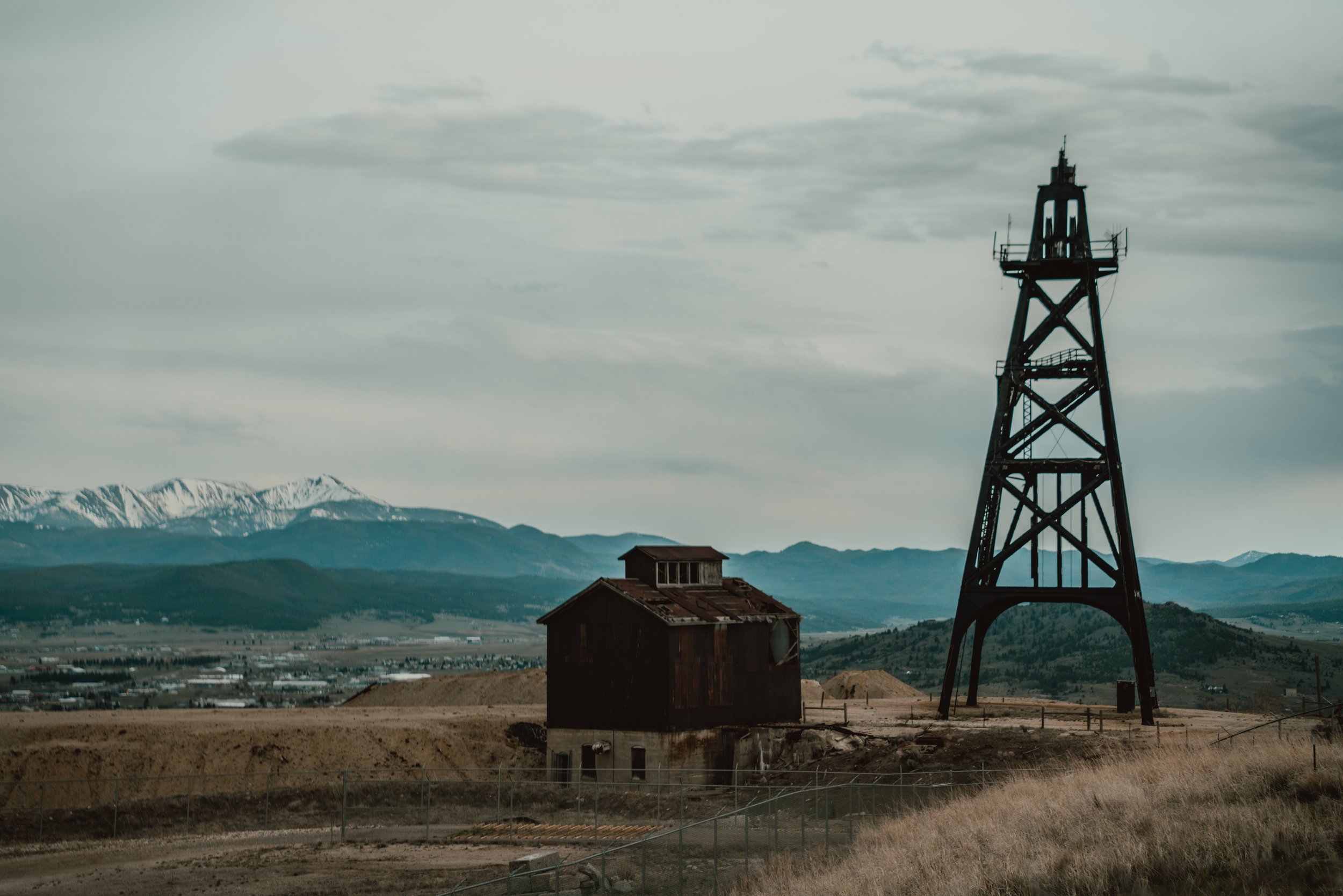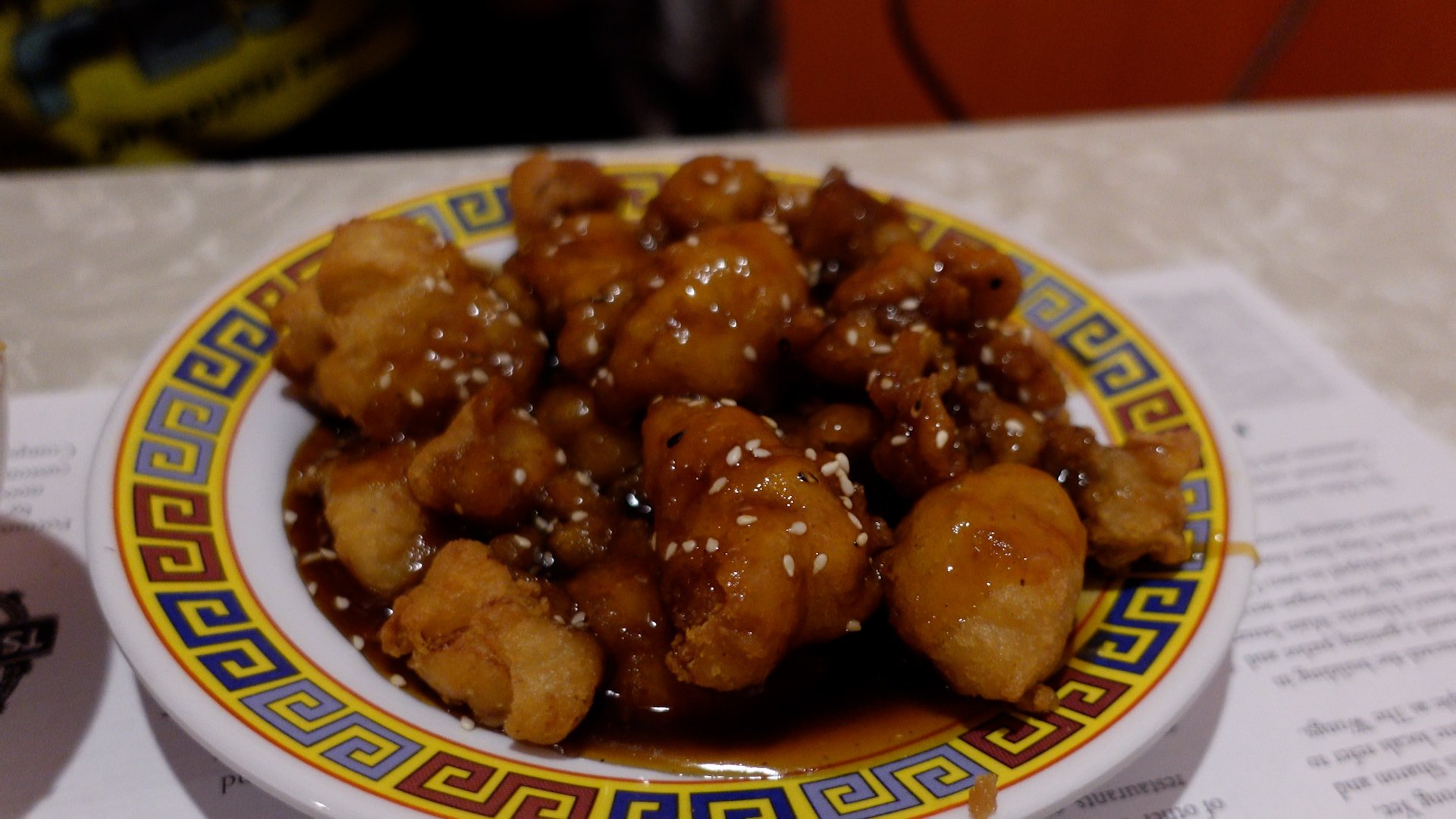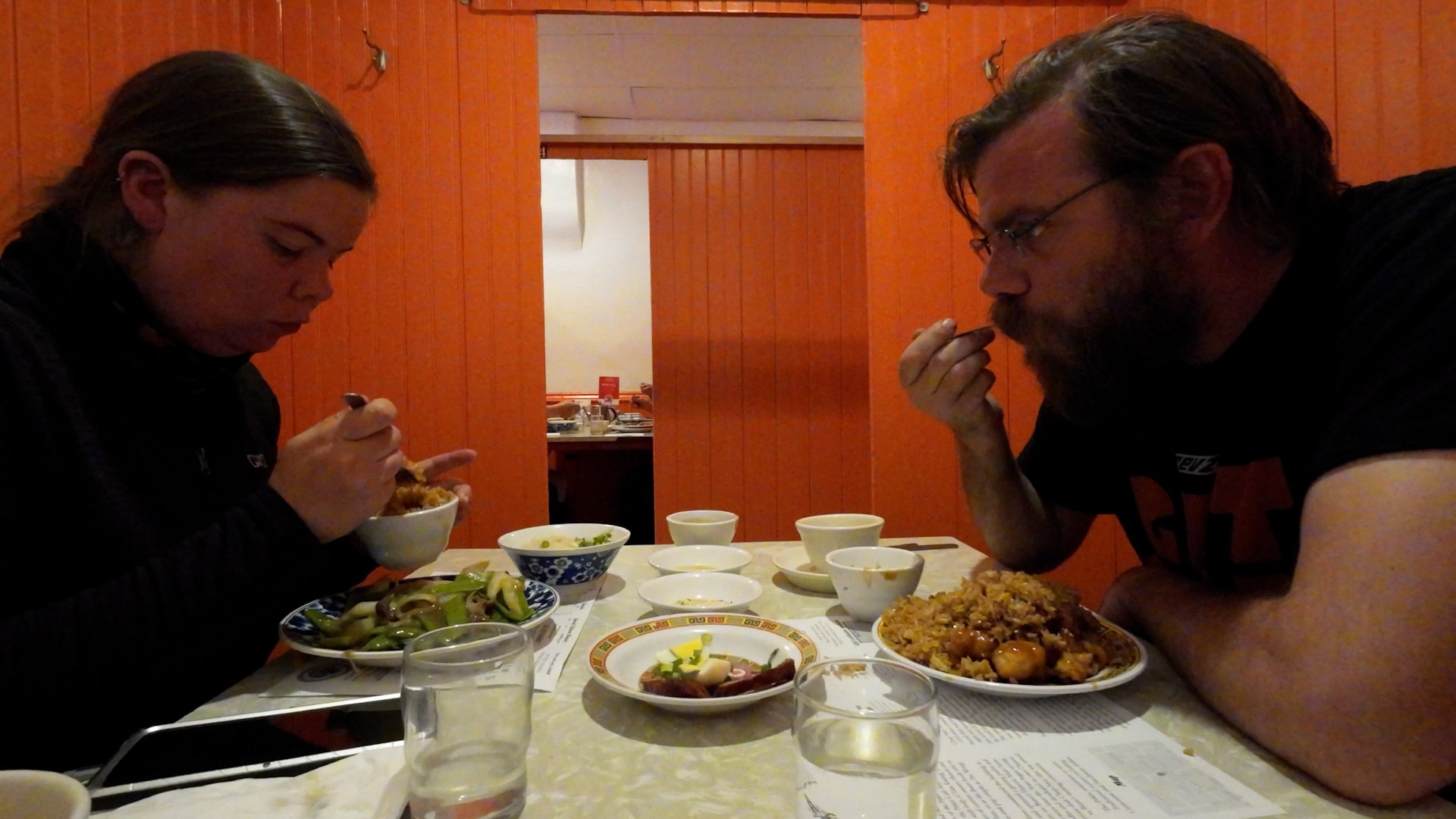My first aid kit has evolved a LOT over the last ten years, and I wanted to share it here for others that would like to update their personal kits to be more practical/useable and/or are just dipping their toes into customizing their pre-packaged first aid kit for themselves.
The benefit of making/packing your own first aid kit is that you know everything that is in it intimately - so you're more likely to reach for it and USE it. It's also easier to customize for YOUR needs. I also find that I use the kits I pack myself more day-to-day than I ever did the prepackaged ones I bought at the store.
Nice to Have but you wouldn't think about it and they're never in the prepacked first aid kits
Thermometer (clues you in that you're actually sick not just 'hot' in the middle of a summer trip)
Pulse Oximeter (like $30 at Walgreens, gives pulse and blood oxygen, if you have any kind of heart stuff history this is important)
Nitrile Gloves (I carry a BUNCH of these anyway for working on the bike and cleaning my chain, but it's also important to not touch someone else's blood or open wounds with your bare hands.)
If I could convince you all to get a Garmin InReach Mini Satellite Communicator I would consider it a giant win - but I understand that's a big expense, but seriously if you spend ANY time in the woods or going to the lake where reception can be spotty this is everything. It's not just for the Emergency SOS but also if you break down out of service you can text someone you know for help, it has saved my butt so many times I can't count, even just getting the weather forecast when I'm out of service.
Para Cord (I like to carry at least 10ft of the stuff in my camp duffel, but I carried long roll of it even before I camped off the bike, it's just so handy)
Preventative/Generally Important
Small Flashlight
Emergency Blanket or Bivvy (also could be called Rescue Blankets)
Electrolyte Tabs (I recommend just getting the Medi-Lyte kind for your first aid kit, even if you already carry a different kind of electrolyte drink mix)
If you carry a Nalgene water bottle or a Hydro-pak you can turn them into heat packs by filling them with hot water to help treat hypothermia
If you don't carry a Nalgene or HydroPak then I would recommend carrying a couple of emergency packs of HotHands Hand Warmers (but make sure you switch them out every year if you don't use them they do expire!)
Instant Cold Pack (these take up more space and are single use but are VERY useful if you're going to be travelling in temperatures above 80! Good for pain relief on injuries, or trying to cool someone down who is overheating)
Sun block
Petroleum Jelly (if you do any kind of travel when it's cold this helps prevent wind burn and cracked skin on your hands that can turn into infected cuts)
Water Filter or Iodine Tablets or Two Part Chlorine Tablets
Lighter or Storm Proof Matches
Glucose Tablets (again search first aid kit packets, this is really important if anyone in your group or yourself has blood sugar issues or are diabetic)
Some kind of Icy Hot or BioFreeze for joint/muscle pain on long rides
Antacids
Cough Drops
Moleskin/Blister Pads (good if you haven't broken in your boots, or if you have an annoying spot in your gloves or where your knee armor is rubbing your skin wrong)
Some kind of Pocket size First Aid Manual (if you already have a decent one that covers step by step instructions for first aid response in a kit you already own use that- The American Red Cross also have a emergency first aid book that's pretty cheap)
Stop Bleeding
Gauze (1-2 Rolls)
Non-Adherent Pads or a BleedStop Bandage
Band-Aids (in multiple sizes from teeny tiny to large ones for knees, and the special ones for fingers!)
Steri-Strips (aka butterfly closure strips to hold larger wounds closed)
Coban Wrap (Self-Adhesive Bandage wrap)
Trauma Shears (good for cutting coban wrap, bandages, or clothing if you have to get at a wound without moving someone)
(I hesitate to put Tourniquet here, I would instead say you should only include a Tourniquet if you've taken a more involved First Aid Training or Wilderness First Aid Course)
Stabilize/Broken Bones
SAM Splint (they can also be called Padded Splints)
Ace Bandage
Minor Issues like Wounds/Blisters/Infection
Tweezers (the good sharp metal kinds - think the kind you want to take out tiny wood splinters.)
Optional: Splinter Out (these are packaged individually and are good for splinters that are super deep and can't be pulled out with tweezers)
Irrigation syringe
Bug Bite Wipes (also known as Sting Relief Wipes)
Alcohol Wipes or Sani Wipes
Aloe Vera
Burn Cream or Burn Gel (you can get little first aid size packets, really good for that friend who accidentally burned their hand or leg on an exhaust)
Oral Antihistamine or Diphenhydramine
tecnu® Oak-N-Ivy Cleanser (cleans the residue from poison ivy/oak/sumac - search for "first aid size packets" I've also seen IvyX Post-Contact Cleanser)
Hydrocortisone Cream (treats poison ivy/oak/sumac exposure)
Antibiotic/Triple Antibiotic Ointment Packets
Non-Drowsy Sinus Decongestant
Dramamine (for motion sickness/nausea)
Pain Relief
Acetaminophen
Ibuprofen
Naproxen
Aspirin
Preferred Migraine Meds
Imodium (for diarrhea)
Lidocaine Patches (really good if you wake up with a stiff neck, sore shoulders especially if Biofreeze or rub on icy hot sticks aren't helping- *must be a patch that has Lidocaine in it, bonus points if it also has menthol)
Places to look for some of these things that aren't Amazon:
NOLS (aka National Outdoor Leadership School) has some First Aid Refill Supplies and Sam Splints in their store under 'first aid' at store.nols.edu
US First Aid and Preparedness (this is the website that the American Red Cross redirects to when you look for First Aid Refills) https://usfirstaidandprep.com/collections/supplies-refills
First Aid Only (I bought a lot from this brand on Amazon before I realized I could buy direct from them on their website, just go to the Refills & Medication Tab and go down the list ) firstaidonly.com
I'd also love to hear if you carry anything else I don't include on my list!







